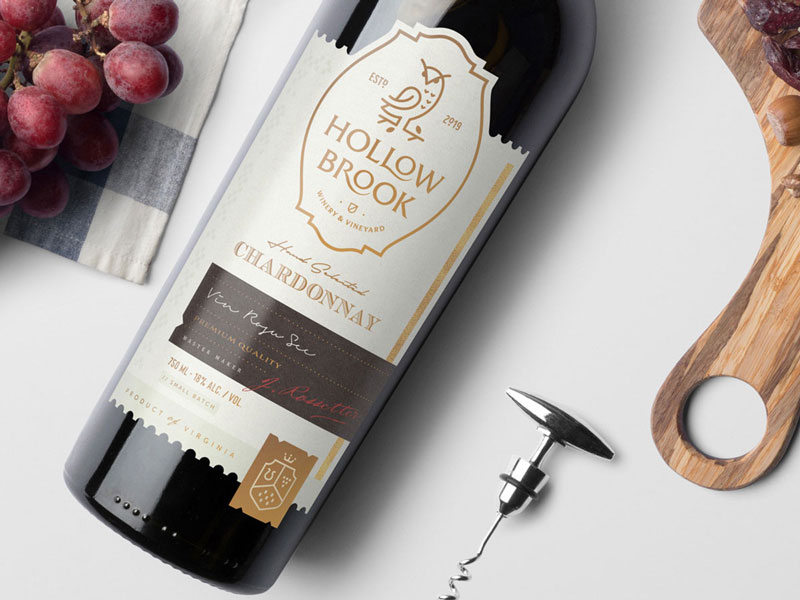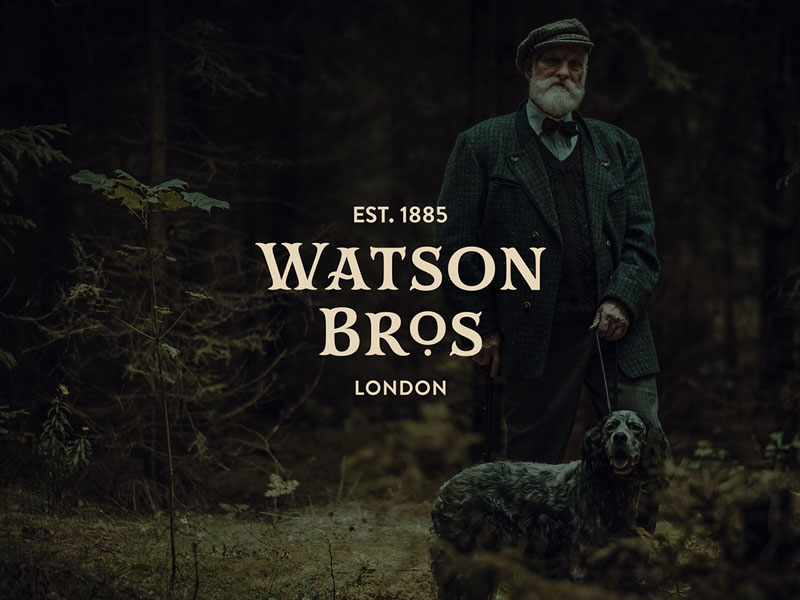
Dec 8, 2025
How to Write a Powerful Brand Positioning Statement: Template and Examples
Learn how to craft a compelling brand positioning statement that clarifies your market position, guides your marketing decisions, and helps your team stay aligned. Includes templates, examples, and step-by-step process.
Read Article







